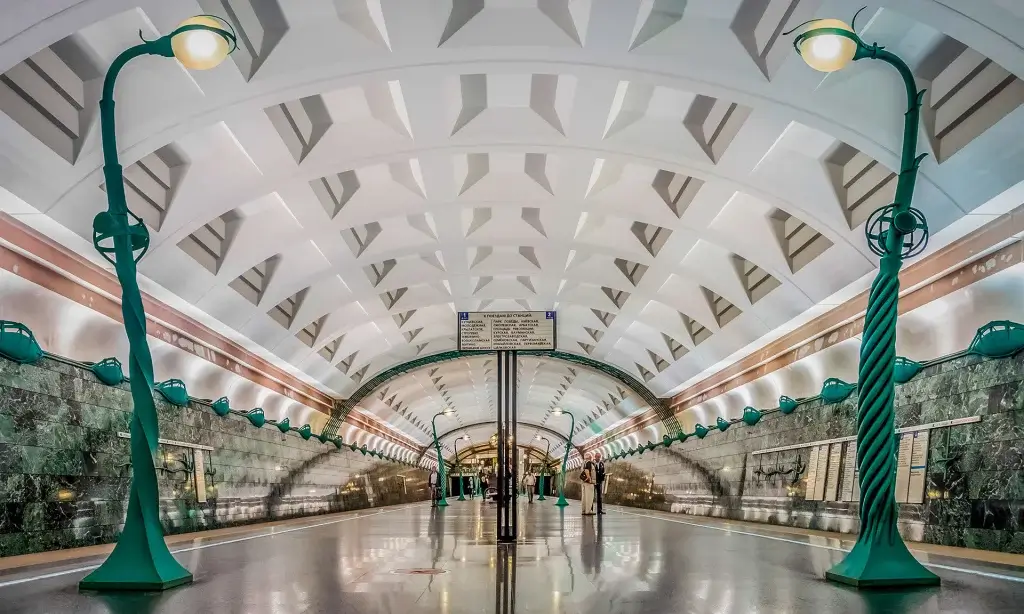Two Subterranean Giants: A Tale of Two Cities

Beneath the bustling streets of New York City and Moscow lie two iconic subway systems, each mirroring the soul of its metropolis. While both transport millions daily, their histories, social roles, and what they tell us about society paint dramatically different pictures.
From Utilitarian Roots to Grand Designs: Divergent Histories
NYC’s subway, born in 1904, focused on practicality. Early stations were simple and functional, reflecting the city’s rapid growth and emphasis on efficiency. Moscow’s metro, arriving in 1935, emerged with a grander vision. Stalin envisioned it as “an underground palace for the people,” and stations became ornate showcases of Soviet ideology and artistic prowess. This difference reveals contrasting priorities: New York, the melting pot focused on practicality, while Moscow, the seat of Soviet power, showcased grandeur and control.

More Than Transportation: Different Social Tapestries
The subways’ social roles diverge beyond aesthetics. NYC’s, a microcosm of urban life, buzzes with diversity and anonymity. It’s a stage for hustlers, performers, and everyday commuters, reflecting the city’s frenetic energy. Moscow’s metro, while bustling, fosters a different dynamic. Stations, often named after historical figures and events, serve as silent reminders of shared history and national identity. This reflects a more collective spirit, shaped by Russia’s historical emphasis on unity and its centralized past.

Beyond the Rails: What They Tell Us About Society
These contrasting narratives reveal much about the societies they serve. NYC’s subway reflects its individualistic, fast-paced culture, where practicality reigns supreme. Moscow’s metro embodies a collective spirit, shaped by its historical emphasis on shared identity and centralized power. They remind us that infrastructure is not just about transportation; it’s a mirror reflecting the values, priorities, and social fabric of the societies it serves.
Read also: Jakarta Takes a Ride to the Future
So, the next time you descend into these subterranean giants, remember: you’re not just entering a station, you’re stepping into a story. Each train ride is a journey through history, sociology, and the unique soul of the city above. And in the echoes of these contrasting systems, we hear the whispers of two societies, each with its own distinct rhythm and song.